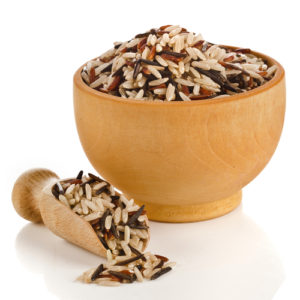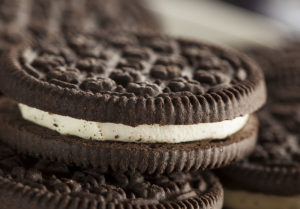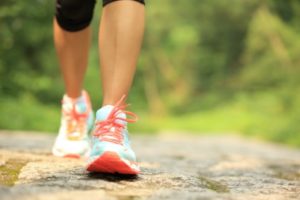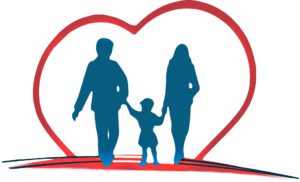
Sneezin’ Seasonal Allergies Are Here!
Ask Mr. Pedometer and Friends….
March 27, 2019
Q: Mr. Pedometer, you have written about the beauties of springtime, but for some of us, that also means the sneezin’ seasonal allergies are here too. Any tips on how to survive seasonal allergies? AHH-CHOO!
A: Bless you! Now that we’ve had more than 16 inches of rain, plants are booming all over the place, wit h the result that those who suffer from seasonal allergies may face a longer period of explosive sneezes, snuffling, and watery, itchy eyes. Consumer Reports on Health for April 2019 includes an article entitled “Avoiding Allergens at Home.” Here are six suggestions:
h the result that those who suffer from seasonal allergies may face a longer period of explosive sneezes, snuffling, and watery, itchy eyes. Consumer Reports on Health for April 2019 includes an article entitled “Avoiding Allergens at Home.” Here are six suggestions:
-
CLEAN BEDDING THE RIGHT WAY – “Dust mites – microscopic critters that feed mainly on dead skin flakes – can accumulate in fabric.” Wash sheets and pillowcases regularly. If your washer offers a sanitizing cycle or an extra rinse cycle, that can help get rid of the mites. You may want to purchase “woven fabric” sheets with fabric pore size of 6 micrometers or less, to prevent the mites from penetrating.
-
TAKE CARE OF YOUR AIR – Sprain weather may tempt you to open windows to let in fresh air. That also allows pollen and other allergens to enter your home, so keep windows closed and turn on air-conditioning to cool off, if needed. Be sure to check your air-conditioner’s filter . Check the manufacturer’s instructions on how often to change it.
-
DO A P.M. RINSE – Perhaps you are used to starting your day with a shower. During allergy season, consider taking a pre-bedtime shower, to wash away any allergens you may have picked up during the day (instead of bringing them into bed with you).
-
VACUUM OFTEN AND WELL – Be sure to vacuum weekly, preferably with a vacuum that uses a HEPA filter. Those dust-bunnies may contain dust mites, mold, pollen, and animal dander or fur. You’ll
-
BE SAVVY ABOUT FLOORING – Carpeting can hide and hold many allergens. A better option is a hard-surface floor (and washable throw rugs with rubber backing).
-
CONSIDER USING AN AIR PURIFIER – Portable air filters can filter out pollutants in one room at a time. Research published in Current Allergy and Asthma Reports suggests that this can bring some relief to allergy victims. However, the article warns against “electrostatic precipitator” and “ionizer” purifiers because “these can release ozone which can irritate your lungs.”
I hope one or more of these suggestions will help you thrive during this extra-strong allergy season.
EAT RIGHT, MOVE MORE, AND SLEEP WELL TO BE WELL.



 Here is a good one to celebrate. Coming up next month is
Here is a good one to celebrate. Coming up next month is
